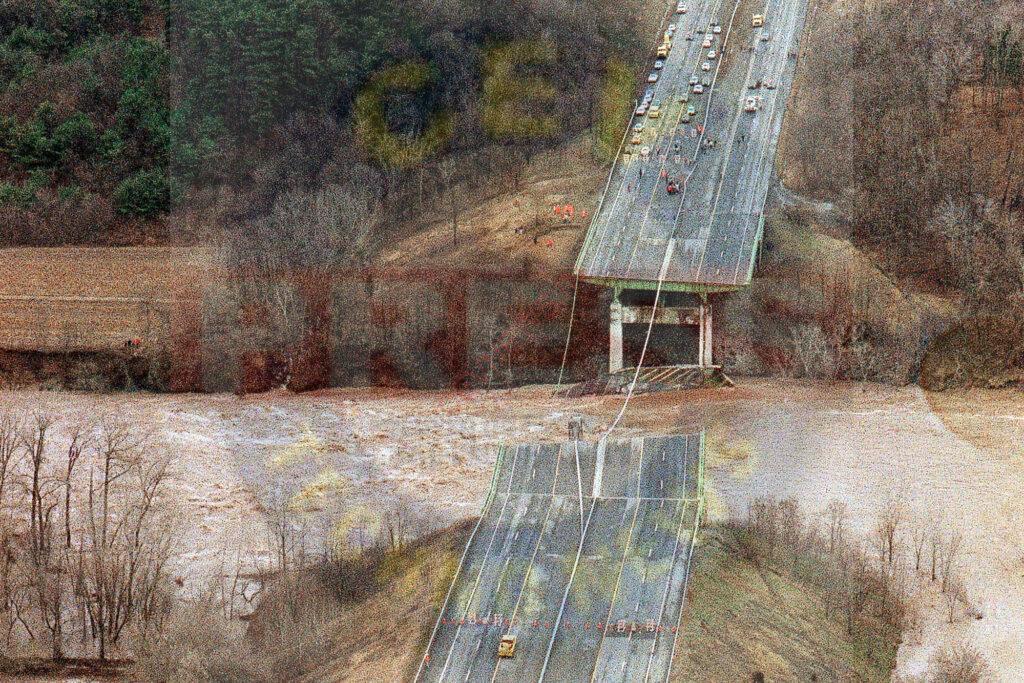Bridge failures can lead to injuries, loss of life, and property damage on a scale equal to plane crashes, terrorist attacks, and natural disasters. That’s why bridge designers, engineers, construction workers, managers, and inspectors take their jobs so seriously.
1. A combination of issues: The top reason bridges fail is a mix of factors that, if they happened individually, would not cause a bridge to collapse. However, when they take place all at once, they result in devastating consequences. For example, severe winds may not be enough to cause a structure to come down. However, when they hit a bridge that’s structurally too rigid to withstand them, it leads to failure.
2. Floods: Today’s changing climate and the extreme weather events associated with it are causing more flood-related damage to bridges. Most of this damage isn’t from water alone. During a flood, rivers pick up debris, such as trees and buildings, and push it forcefully against bridges, causing their foundations to wash away and structural elements to break apart.Most collapses happen on bridges that were built a long time ago when designers couldn’t imagine the kind of storms they’d have to withstand today. This is an important lesson for bridge designers. They must plan structures and drainage systems that can hold up against today’s storms and potentially more extreme weather events in the future.
3. Unexpected events: When it comes to bridge construction, engineers simply don’t know what they don’t know. Countless bridge incidents happen because of unanticipated structural or design-related issues.
4. Accidents: Whether it’s a truck hitting a support post, a train falling off the tracks or a boat colliding into a foundation, accidents are one of the leading reasons bridges are damaged or come down. Bridge engineers must plan for all types of incidents, including those caused by vehicles that exist today and ones like driverless cars, larger ocean tankers, and cruise ships, along with pilotless drones that could impact bridges in the near and distant future.
5. Construction incidents: Some bridges never make it to completion. They fail during construction. A lesson learned from these incidents is that it’s just as important for designers and engineers to plan all aspects of bridge construction step by step, analyzing the impact new phases will have on previous ones.
6. Design flaws and manufacturing errors: While it’s becoming less common than in the past, some bridges fail almost immediately after completion due to significant design errors or issues associated with materials used in the construction process. Frequent inspections throughout the construction process can provide the “fresh eyes” needed to identify problems and flaws. New types of lifts and equipment make it easier for inspectors to get to hard-to-reach areas of bridges.
7. Earthquakes: Although rare, bridge collapses caused by earthquakes can be devastating. Swaying bridges or collapsed sections of them are often the iconic video and still images that people associate with these powerful natural events. Bridge engineers have found ways to build bridges that are lighter and add flexibility and rigidity in the right places that make it more likely to survive even the most violent quakes and aftershocks.

